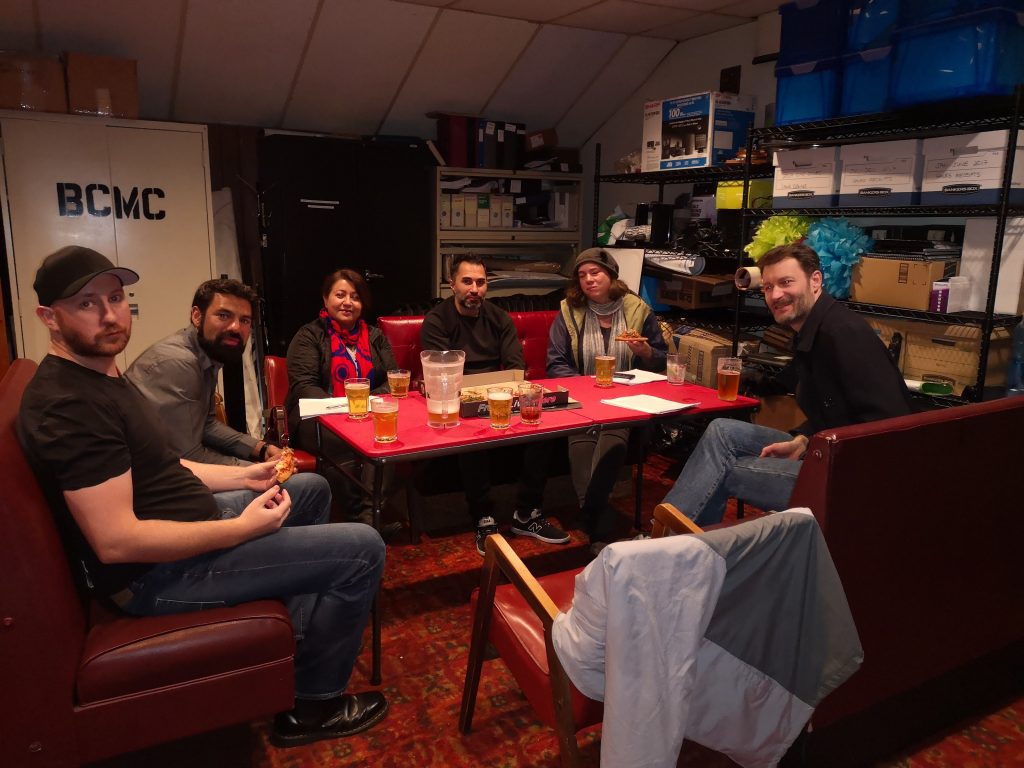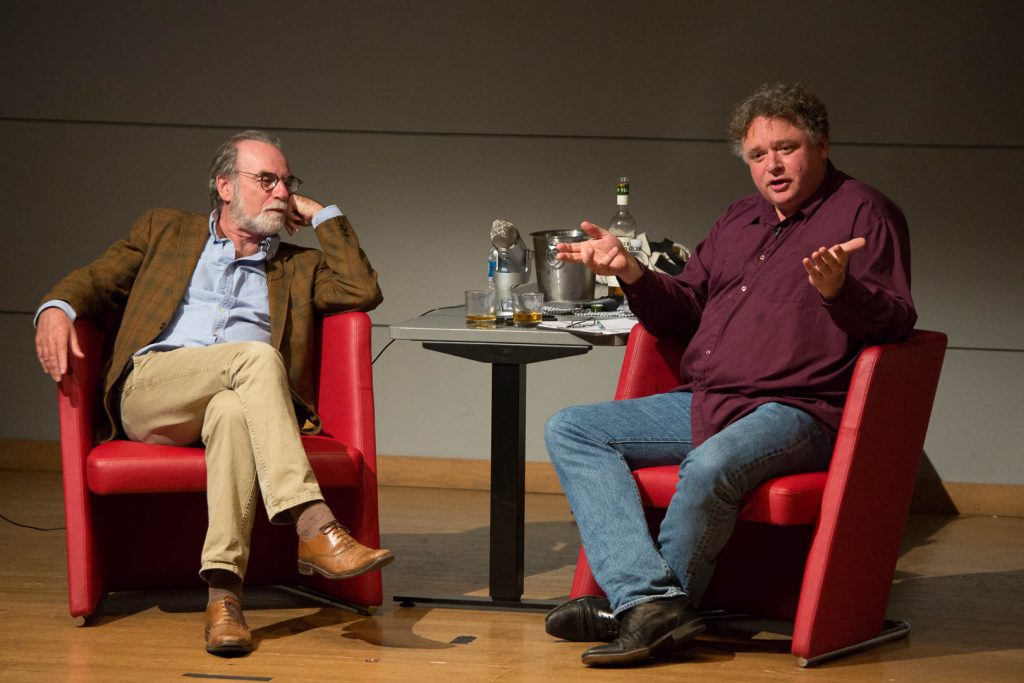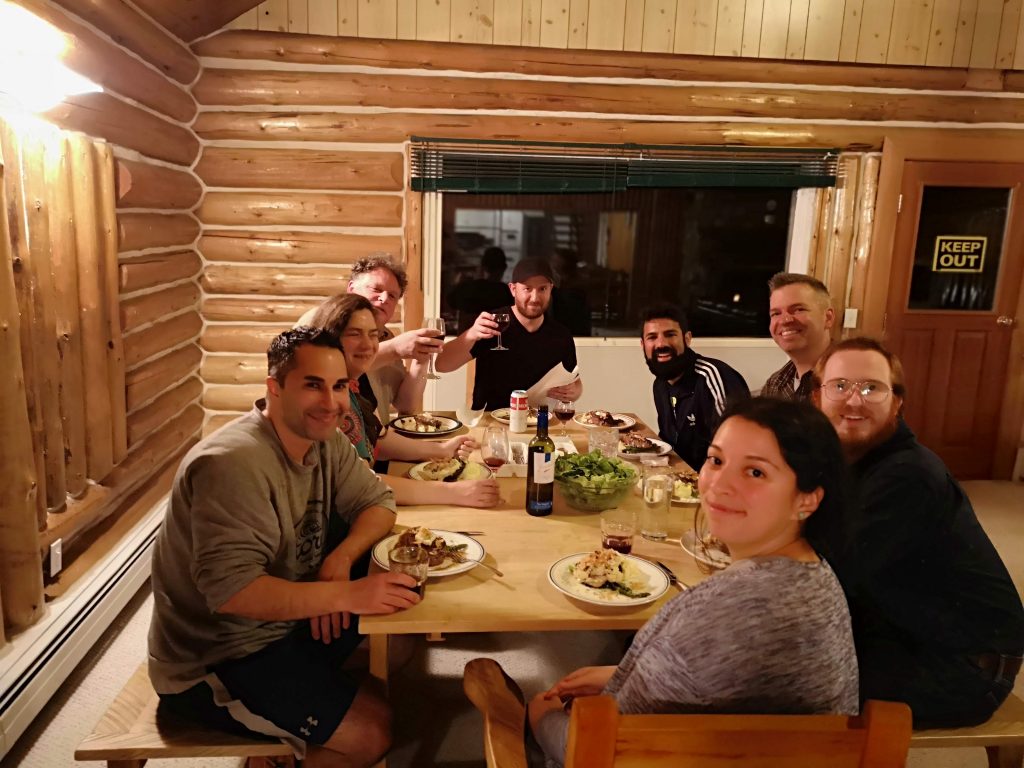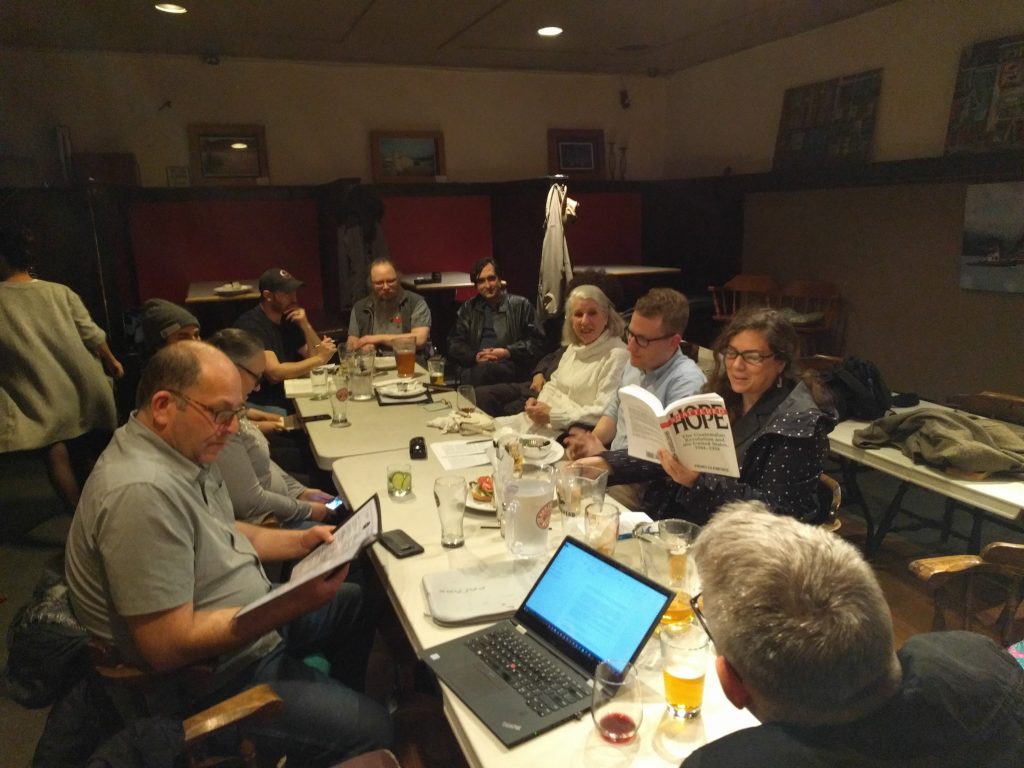Instructor: Flora Ward, Temple University
Course Objectives
In popular culture, the word “medieval” has some very negative connotations – particularly when it comes to gender, sexuality, and the body. Medieval bodies are sites of pain, punishment, and denial. What relevance could they possibly have for us today?
This course aims to challenge these stereotypes to reveal how the body was at the heart of medieval culture. From an empty vessel subject to sin and decay, to an essential agent of salvation, the body is central to how medieval people understood themselves and their relationship to the physical and spiritual world around them – much as it is today.
The materiality of art and architecture makes them a powerful lens through which to explore these complex and often conflicting ideas about the body. The sites, objects and images we will look at in this course challenge any simplistic, one-dimensional understanding of sexuality, gender, and the body in the Middle Ages, opening up new ways of understanding both historical and contemporary debates surrounding these issues.
Difficulty Level
This course requires no prior or specialized knowledge. Lectures will provide both this historical and art historical context for our discussion, as will suggested primary and secondary readings. As academic language – and medieval primary sources! – can often be opaque and off-putting for the uninitiated, we will spend time working together to ensure that we all understand the content and purpose of these readings.
Readings
We will use a core text for this course: Jack Hartnell, Medieval Bodies: Life, Death, and Art in the Middle Ages (London: Profile Books, 2018). In addition, we offer a variety of primary and secondary sources should you wish to pursue any additional readings. All readings will be available via Dropbox as will the slide presentations showcasing the more striking pieces of art we will be examining.
Lectures (Tuesdays and Thursdays at 3:00pm Pacific/6:00pm Eastern/11:00pm Greenwich)
Thursday, November 10th: Why Medieval Bodies?
- Caroline Walker Bynum, “Why All the Fuss About the Body? A Medievalist’s Perspective,” Critical Inquiry 22, no. 1 (1995): 1–33.
- Meme me up: https://www.medievalmemes.org/ atlantic medieval
Tuesday, November 15th: Gendered Bodies, Sex, & Sexuality
- Joan W. Scott, “Gender: A Useful Category for Historical Analysis,” American Historical Review 91, no. 5 (1986): 1053–75.
Thursday, November 17th: Holy Bodies, Holy Bones: Relics, Reliquaries and Pilgrimage
- The Itinerary of the Bordeaux Pilgrim (Itinerarium Burgdalense) (c. 333 CE): http://andrewjacobs.org/translations/bordeaux.html
Tuesday, November 22nd: Handiwork for the Lord: Men, Women, & Monasticism
- Sarah Zhang, “Why a Medieval Woman Had Lapis Lazuli Hidden in Her Teeth,” The Atlantic, January 9, 2019 (https://www.theatlantic.com/science/archive/2019/01/the-woman-with-lapis-lazuli-in-her-teeth/579760/)
- Optional: The Little Hours (2017)
Thursday, November 24th: Eyes of the Soul, Eyes of the Body: Sight, Sex, and Sensory Experience
- 2 Samuel, chapters 11 & 12: The story of David & Bathsheba from the Douay-Rheims Bible (https://www.drbo.org/chapter/10011.htm & https://www.drbo.org/chapter/10012.htm)
Tuesday, November 29th: From the Virgin Birth to the Cesarean Section: Skin & Touch
- Rebecca Onion, “Viewers Lost It Over a Horrifying Scene in the new Game of Thrones. History Tells Another Story,” Slate, Aug. 25, 2022 (https://slate.com/culture/2022/08/house-of-the-dragon-c-section-birth-scene.html)
Thursday, December 1st: Medieval “Erotic” Art: Representing Sexual Difference & Desire
- From Prudentius’ Peristephanon, Book 3: St. Eulalia of Mérida: English (https://scholar.lib.vt.edu/ejournals/ElAnt/V1N4/baker.html) and Latin (http://www.thelatinlibrary.com/prudentius/prud3.shtml)
Tuesday, December 6th: From Hearts to Whores: Courtly Love & Its Conventions
- Song of Songs or Song of Solomon, from the Douay-Rheims Bible: https://www.drbo.org/chapter/24001.htm
Thursday, December 8th: Blood: Circulation, Circumcision & Antisemitism
- Talia Lavin, “QAnon, Blood Libel, and the Satanic Panic,” The New Republic, September 29, 2020 (https://newrepublic.com/article/159529/qanon-blood-libel-satanic-panic)
Tuesday, December 13th: Digestion & Damnation: Sodomy & Same-Sex Love
- Alain of Lille, De planctu naturae (The Complaint of Nature), late 12th century – excerpts: https://sourcebooks.fordham.edu/source/alain-sel.asp
Thursday, December 15th: Dancing with Death: Bones, Burials, & Tombs
- Seeta Chaganti, “Danse Macabre: The Medieval Dance of Death in the Time of COVID-19,” public lecture available online at https://middleagesforeducators.princeton.edu/%E2%80%98danse-macabre%E2%80%99-medieval-dance-death-time-covid-19
Tuesday, December 20th: The Fate of the Body: Fragmentation, Resurrection & Salvation
- Samuel Holleran and Hannah Gould, “Dying Apart, Buried Together,” Pursuit (https://pursuit.unimelb.edu.au/articles/dying-apart-buried-together)
Thursday, December 22nd: The End of the Body: Medieval Bodies, Modern Anxieties



